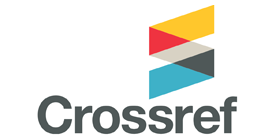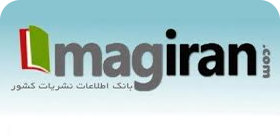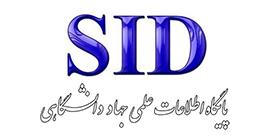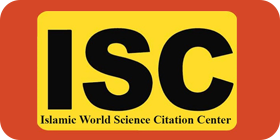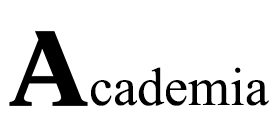Investigating the Status of Organizational Structure at Farhangian University in Integration Approach
Keywords:
Education, Farhangian University, IntegrationAbstract
Purpose: The purpose of this study was to investigate the status of organizational structure in Farhangian University according to the integration approach. Methodology: The present study was a survey research approach in terms of applied purpose and in terms of data collection approach. The statistical population of this study included managers and staff of Farhangian University. According to the latest statistics and information available in the Vice Chancellor for Planning and Information Technology of Farhangian University in the academic year 2017-18, a total of 890 staff and managers of Farhangian University in Tehran (all campuses with Headquarters) were working. In order to determine the sample size, Morgan table was used. According to Morgan table, 270 samples had to be selected. Also, due to the presence of the researcher in Kermanshah, Kermanshah city campuses were used and a total of 328 people were selected. The instrument used in this study was Robbins (1989) Organizational Structure Questionnaire which examines three dimensions of complexity, formality and focus in the organization, the reliability of which was calculated using Cronbach’s alpha of 0.85. Data analysis was used at two descriptive levels (mean and standard deviation) and at the inferential level; one-sample t-test was used. Findings: The results showed that the organizational structure of Farhangian University was moderate in complexity, low in formality and high in concentration. In other words, the sub-component of complexity (3.04) is moderate, the sub-component of formality (2.44) is lower and the sub-component of concentration (3.10) is higher than the average. All these results are calculated according to t And were statistically significant at the level of 0.05. Conclusion: Organizations are known through their manpower and structure, so an organization that has a proper structure and decent manpower is ready for its effectiveness




